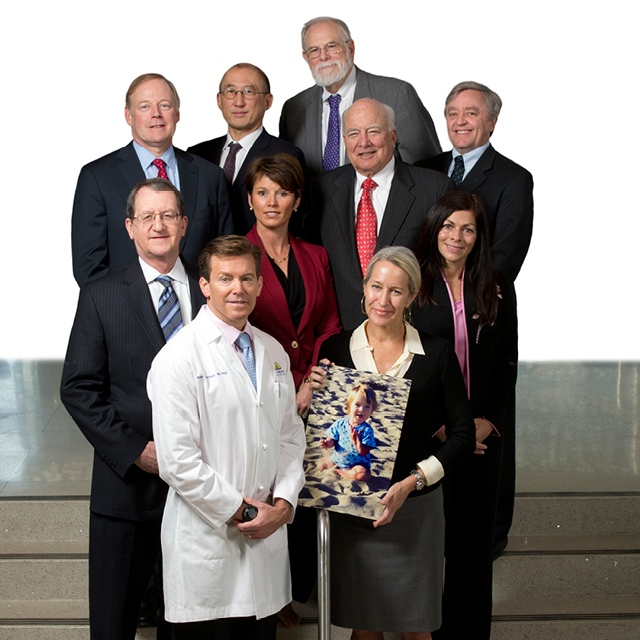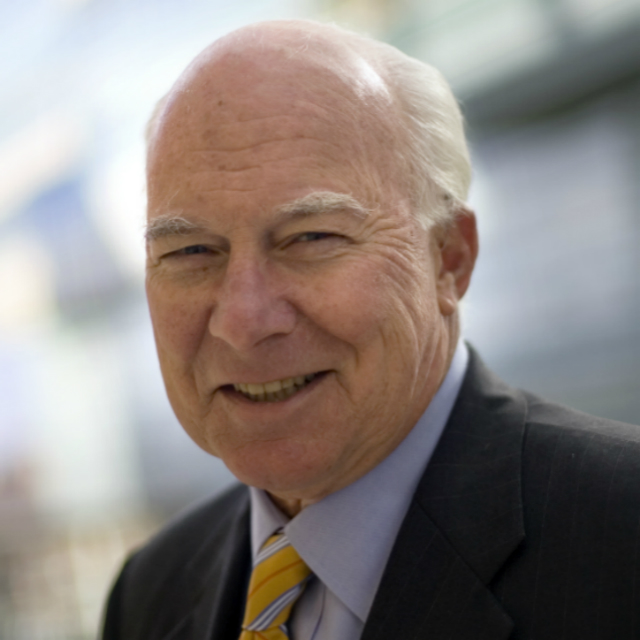In November 1999, the institute of Medicine released “To Err is Human,”a report estimating that between 44,000 and 98,000 Americans die in hospitals every year from medical mistakes.
In 2001, 18-month-old Josie King died at The Johns Hopkins Hospital from sepsis, a blood infection. Four months later, employee Ellen Roche died after participating in an asthma study.
The events would change Johns Hopkins Medicine forever.
Below are some of the milestones in that transformation.
15 Milestones
Compiled by Lisa Broadhead



